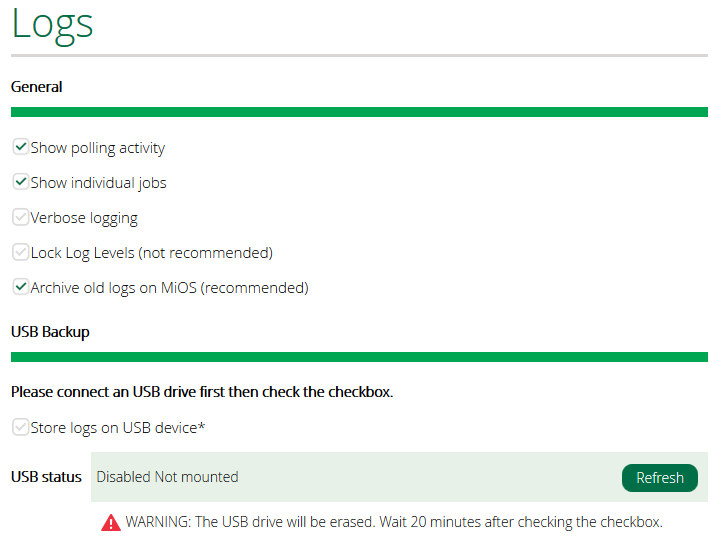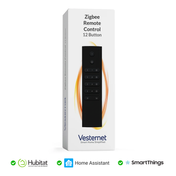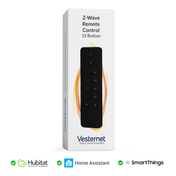Sometimes you will run into problems and you need that extra bit of information the UI never seems to have. Or maybe you are just technically savvy and want to see what’s happening under the hood.
In both cases this guide is for you.
Logs
All device information, commands and signals are recorded in the VERA logs and this is invaluable if your system is doing something unexpected, or if you can't quite get a VERA scene to work correctly.
View VERA's Logs
Viewing the log information is very easy:
- Open your browser
- Enter the URL http://XXX.XXX.XXX.XXX/cgi-bin/cmh/log.sh?Device=LuaUPnP
- Replace XXX.XXX.XXX.XXX with your VERA's IP address - for instance 192.168.1.120

That's it, you can now see all the 'behind the scenes' activity in VERA.
Change Log Level
You can configure the amount of information to be recorded in the log file.
- Click Settings and then Logs.
- Choose what options to turn on:
- Show polling activity – records every polling activity and device’s replies
- Show individual jobs – records every background job VERA runs
- Verbose Logging – Records all low level communication and Z-Wave network traffic. Check it only before reproducing an issue. Verbose logging can cause a slow down of the engine
- Lock Log Levels - Prevents automatically disabling the Verbose Logs after 24 hours
- Archive old logs on MiOS - Because VERA does not have a hard drive or permanent storage, the logs are lost every time you turn VERA off and on, or when VERA is running low on memory. If you leave this on, then the logs will be sent to an online server instead. The logs do not contain any personally identifiable information
- Store logs on USB device – Store logs on a USB device instead of uploading it to MCV servers

Complete List of all Device IDs and Scene IDs in VERA with LUUP code
Sometimes you need a quick overview of each device and its Device ID, especially if you're working on a scene and you can't recall the device number.
There is no dedicated feature in VERA that enables you to do this, but there is a quick and simple way to get a list of all the devices.
It involves a very short piece of LUA code - but don't worry, all the information is here.
Full Device ID List
- In the VERA UI go to the APPS tab
- Click the Develop Apps tab
- Then click 'Test LUUP code (LUA)' in the left-hand menu
- Copy the LUA code (below) and paste it into the Code window
- Click the blue 'GO' button to make the code run
- View your device list at - http://"your VERA IP address"/devlist.txt
You will see a list in your browser that looks like this screenshot:

Full Scene ID List
- In the VERA UI go to the APPS tab
- Click the Develop Apps tab
- Then click 'Test LUUP code (LUA)' in the left-hand menu
- Copy the LUA code (below) and paste it into the Code window
- Click the blue 'GO' button to make the code run
- View your device list at - http://"your VERA IP address"/scenelist.txt
You will see a list in your browser that looks like this screenshot:

Using VERA’s HTTP API
Most the actions in VERA can be done using a simple HTTP request. Although this will hardly ever be used by the standard user it can prove to be handy for some applications.
Requests are done using the built-in URL data_request and pass the following on the URL:
- id - the id of the request
- output_format - the format in which you want a response as json, xml or text
While this guide will cover just a few request a full list is available here.
user_data
This returns the configuration data for VERA, which is a list of all devices and the UPnP variables persisted between resets as well as rooms, names and other data the user sets as part of the configuration.
Example:
http://vera_ip_address:3480/data_request?id=user_data&output_format=xml
status
This returns the current status for all devices including all the current UPnP variables and the status of any active jobs.
Examples:
Full device list
- http://vera_ip_address:3480/data_request?id=status&output_format=xml
Or for a specific device
- http://vera_ip_address:3480/data_request?id=status&output_format=xml&UDN=uuid:4d494342-5342-5645-0002-000000000002
- http://vera_ip_address:3480/data_request?id=status&output_format=xml&DeviceNum=6
live_energy_usage
This is a quick way to report all device’s current energy usage in a tab delimited format.
Example:
http://vera_ip_address:3480/data_request?id=live_energy_usage
Plugins
There are dozens of plugins that makes it easier to access all that lovely data VERA makes available.
DataYours
DataYours is a family of plugins to acquire, store and display data about VERA devices and measurements.
dataMine 2
dataMine logs all value changes in specified variables to log files on Vera, and provides a GUI graphing interface complete with zoom, scroll etc.
AltUI
This plugin offers an alternative user interface for VERA controllers that is more pleasant and works on any kind of device as a web application which will automatically adjust to screen size
EventWatcher
Web, file and syslog reporting of variables, events, devices, scenes and more.
Info Viewer
An easier way to access Log and Z-Wave information on VERA.
Vera Support
In case you’re unable to diagnose what your problem is using the above methods we advise to contact Vera support team directly as they can access your unit remotely and hopefully help you troubleshoot what the problem may be – they can be found at support@getvera.com.
We find they usually reply within 24-48h and they are usually very helpful and ready to go the extra mile for a customer.









